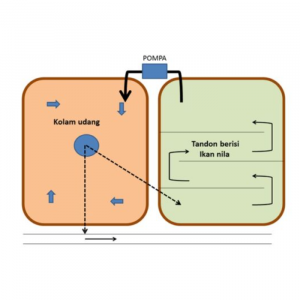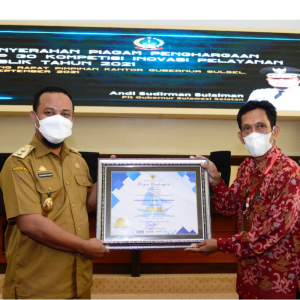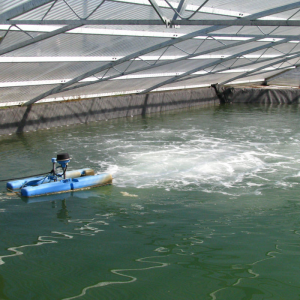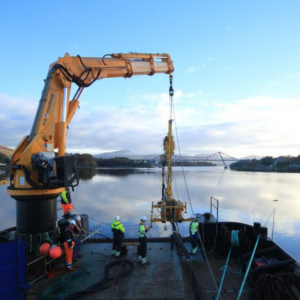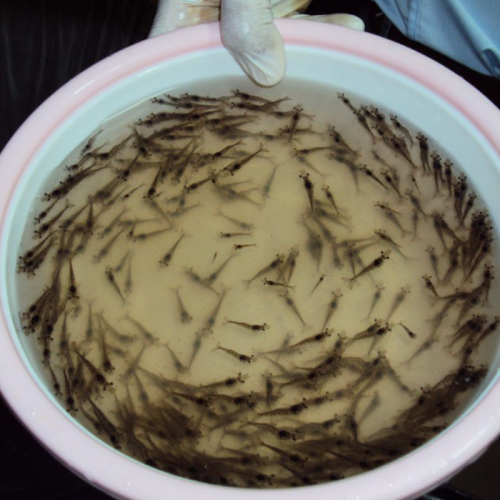
Benefits of Transferring Post Larvae Shrimp to Biofloc Systems
| Fri, 01 Oct 2021 - 10:20
Postlarvae shrimp (PL) cultured in biofloc system (BFT) or switched to BFT system showed better control of white spot pathogens and increased growth performance than rearing in recirculating water systems.
Controlling white spot when transferring from system in postlarvae nursery?
The outbreak of diseases is one of the obstacles for the development of the shrimp industry, especially the white spot syndrome virus (WSSV), which causes serious economic losses.
The white spot virus (WSSV) is highly virulent and lethal at all stages of development from larvae to juveniles and adults. Mortality of infected shrimp can be as high as 100% within 7 to 10 days after the first clinical signs are observed.
Significant progress has been made in characterizing white spot syndrome viruses with regard to the establishment of key host-pathogen interactions. However, treatments for viral diseases in shrimp are not yet available.
Read more: Relationship Between Vannamei Size and Consumption of Bioflocs
Disease prevention and control should not focus solely on the implementation of biosecurity measures, but should take a holistic approach. It is about controlling water quality and post larvae, providing food to boost the immune system and taking preventive measures to reduce the probability of pathogens entering the culture system. However, there is little information on growth performance and resistance to WSSV when vannamei are transferred from one system to another during the rearing period.
Research on the conversion between different farming systems
Flávia Abreu Everton et al 2021, evaluated the effect of the culture system on growth performance and resistance to white spot disease WSSV in white shrimp Litopenaeus vannamei during the nursery stage.
The study evaluated two systems: the Biofloc (BFT) and the circulating water (CWR) system in three steps:
B1) Postlarval shrimp (PL10) were kept for 10 days in each system;
B2) Four methods of converting postlarvae to different farming systems (BFT-BFT, BFT-CWR, CWT-BFT and CWR-CWR) with PL20 number allocation were taken as the first step;
B3) WSSV virus challenge (8 days).
Read mroe: Shrimp Farming by Semi-Biofloc Technology
The obtained biomass varied between treatments in the first two steps of the experiment. In the first step, when PL10 was cultured after 10 days, the average biomass achieved was 0.09 kg/m3 in the biofloc system and 0.029 kg/m3 in the CWR system.
In the second step, PL20 was converted to different culture systems: the average biomass obtained varied from 0.268 - 0.334 kg/m3 between treatments. Mean weights were significantly different between treatments in both steps of the experiment.
When transferring post larvae to different culture systems, mean final weights ranged from 0.936 to 1.872 g, with the lowest values being observed in the CWR-CWR treatment (switching from the CWR-CWR system). circulating water to recirculating water system) and was highest in the CWR-BFT treatment (recirculating water to biofloc system).
Read more: Effects of Carbohydrate Sources on A Biofloc Shrimp Nursery
From the above research results, it is shown that: The biofloc BFT system recorded the best results in terms of growth performance in the first step. The best results in the second step were observed in shrimp cultured in the BFT system or in the recirculating water system converted to the BFT system.
In step 3: Results showed that no matter which system was reared, mortality was higher in the treatments associated with transferring shrimp between systems when subjected to a viral load of 4.3 × 107 copies. WSSV/µl DNA.
The results indicated that the biofloc BFT system achieved better growth rate than the recirculating water system, especially in the early stages of whiteleg shrimp rearing.
Source: tepbac.com













